Rec Sports
Dakar 2026 advances venue and legacy plans as Youth Olympic Games preparations intensify
09 May 2025 – With less than a year and a half until the Youth Olympic Games (YOG) Dakar 2026 begin, the seventh meeting of the International Olympic Committee (IOC)’s Coordination Commission marked another key milestone in Games planning. The two-day hybrid meeting brought together key stakeholders to review the latest progress in Dakar 2026 preparations. Newly […]
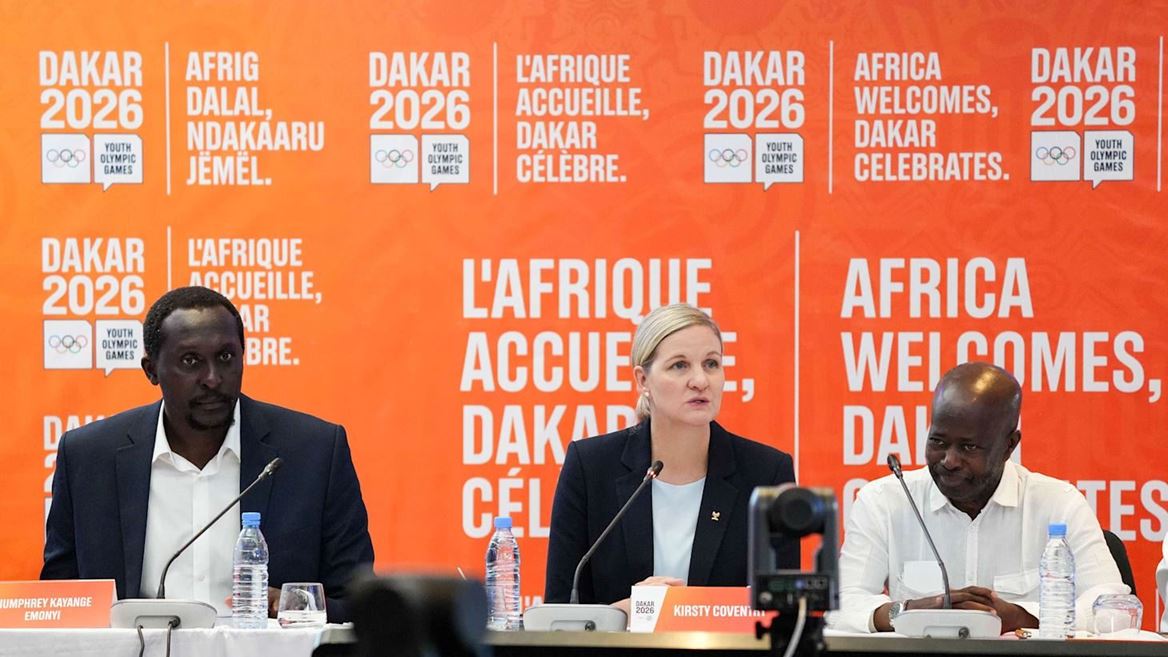
09 May 2025 – With less than a year and a half until the Youth Olympic Games (YOG) Dakar 2026 begin, the seventh meeting of the International Olympic Committee (IOC)’s Coordination Commission marked another key milestone in Games planning.
The two-day hybrid meeting brought together key stakeholders to review the latest progress in Dakar 2026 preparations. Newly appointed Coordination Commission Chair Humphrey Kayange, IOC President-elect Kirsty Coventry and an IOC delegation participated on-site in Dakar, while other Commission members joined remotely – including IOC Vice-President Nawal El Moutawakel, who has played a pivotal role in the leadership and direction of the Commission from its early stages and has recently been named Vice-Chair. The discussions reaffirmed the shared commitment to delivering Africa’s first Olympic sporting event, with a strong focus on operational success and a lasting legacy for the Senegalese youth.
The meeting opened with a video message from IOC President Thomas Bach, who praised the progress made by the Dakar 2026 Organising Committee (YOGOC) and underlined the unique significance of the first Olympic sporting event on African soil.
“We all know that the Youth Olympic Games Dakar 2026 will be truly special,” he said. “Dakar 2026 will be a moment for Africa to shine on the global stage. Dakar 2026 will welcome young athletes from around the world to celebrate sport, culture and the legendary Senegalese spirit of teranga.”
Learning Academy launches first cohort
A central highlight of the meeting was the official launch of the Dakar 2026 Learning Academy – a flagship initiative designed to train and recruit over 400 young professionals aged 21 to 35 in the lead-up to the Games. This structured programme equips participants with essential skills in Games management and operations, enabling them to support the Organising Committee, while building long-term event delivery capacity across Senegal and the continent.
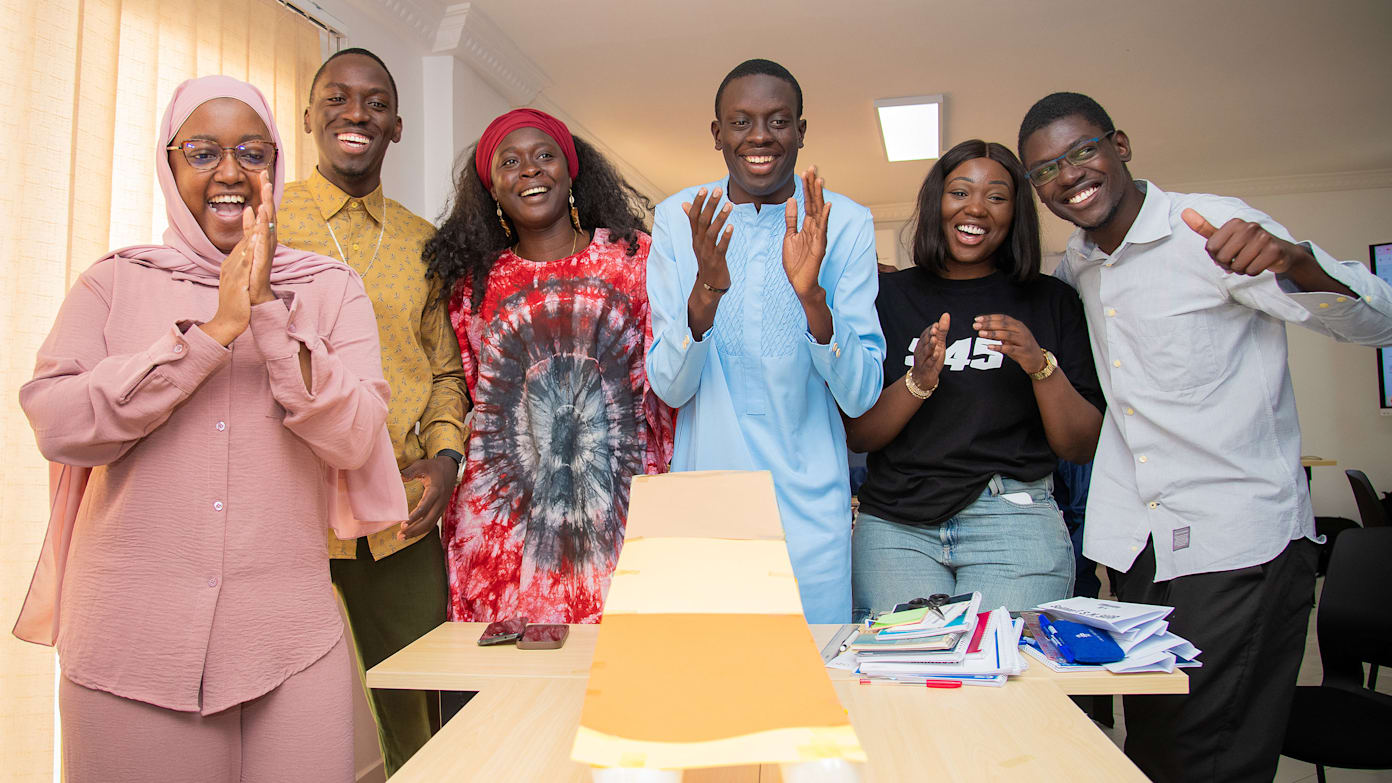
Venue master plan finalised as works progress
The Coordination Commission welcomed the finalisation of the Dakar 2026 venue master plan, which now includes confirmation of the road cycling route. The race will start and finish along Dakar’s scenic Corniche Ouest, providing a vivid and iconic backdrop. Significant construction progress has also been reported across key venues, enhancing overall venue readiness.
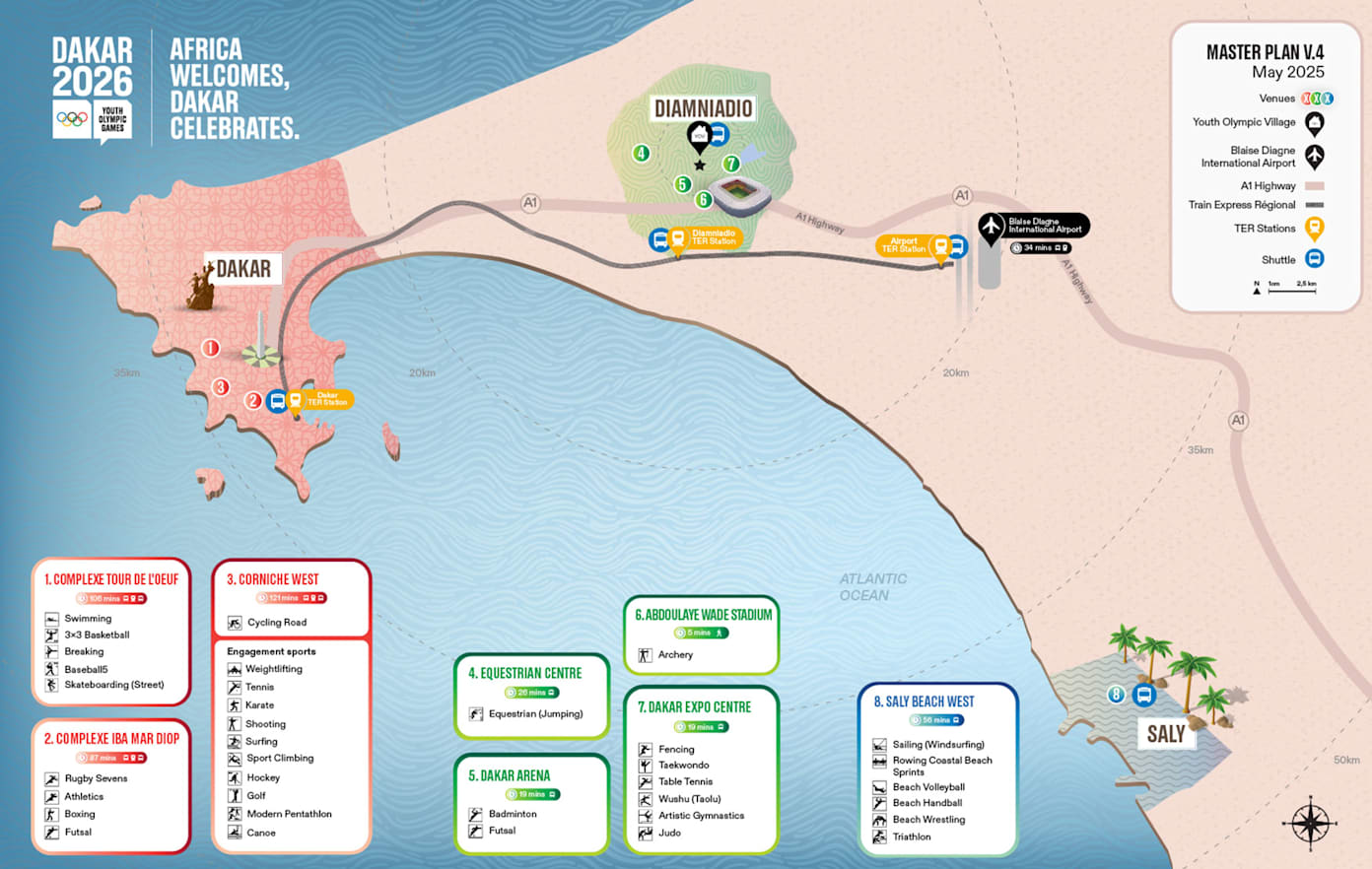
Comprehensive planning across Games operations
In addition to people management, legacy and venues, the Coordination Commission reviewed progress across all functional areas, including technology, ticketing, Games services, marketing, security, athlete education and youth engagement. Progress has been made since the last Commission meeting in November 2024. The Commission emphasised the importance of transitioning towards a more operational and delivery-focused approach, with the YOGOC evolving into its Games-time structure.
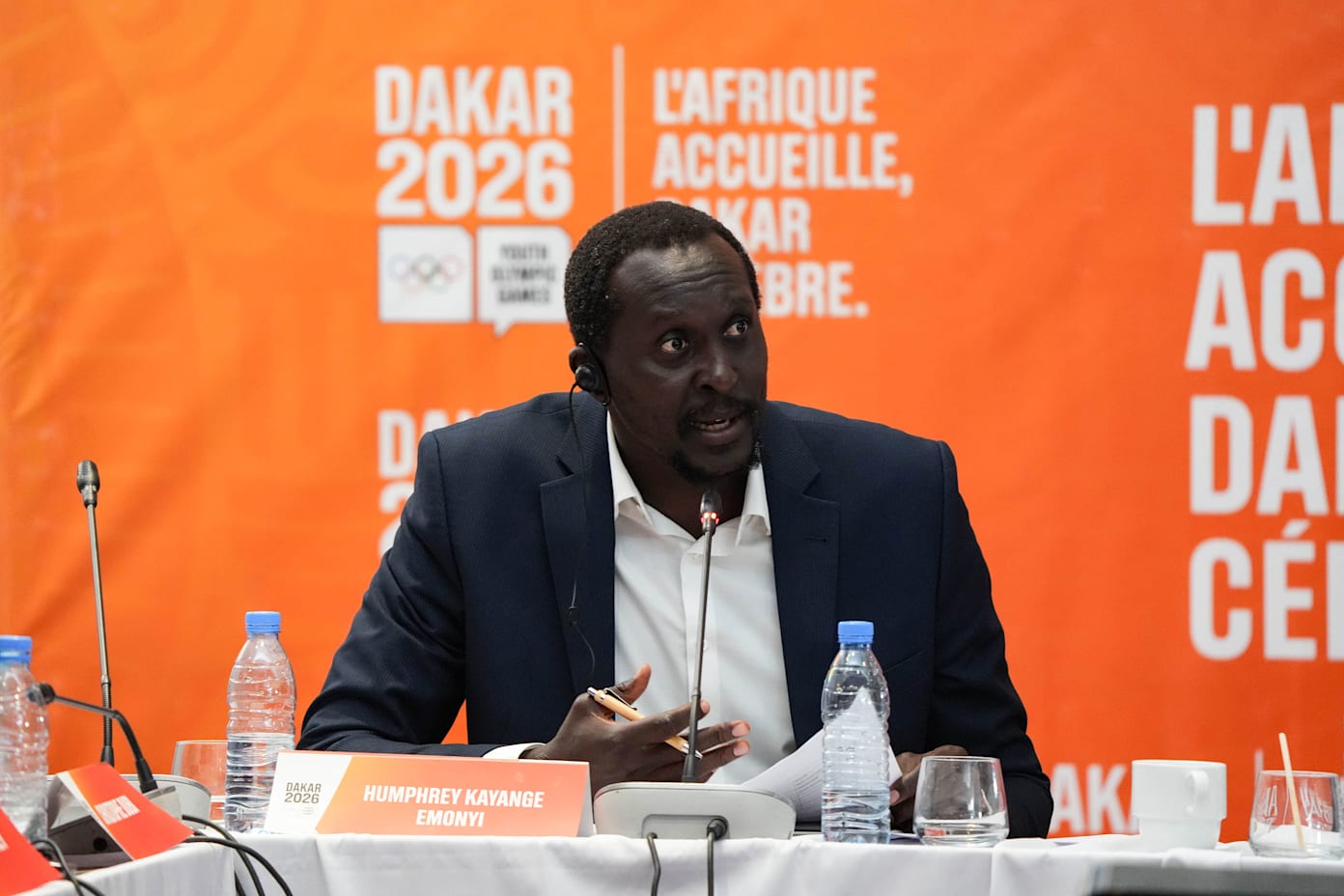
Humphrey Kayange, Chair of the Coordination Commission for Dakar 2026, said: “With less than 18 months to go, we are entering the final stretch. These past two days have been incredibly valuable, filled with constructive exchanges that have helped us build a clear picture of where we stand. The momentum that’s been built gives us confidence as we move forward towards delivering extraordinary Games for Africa.”
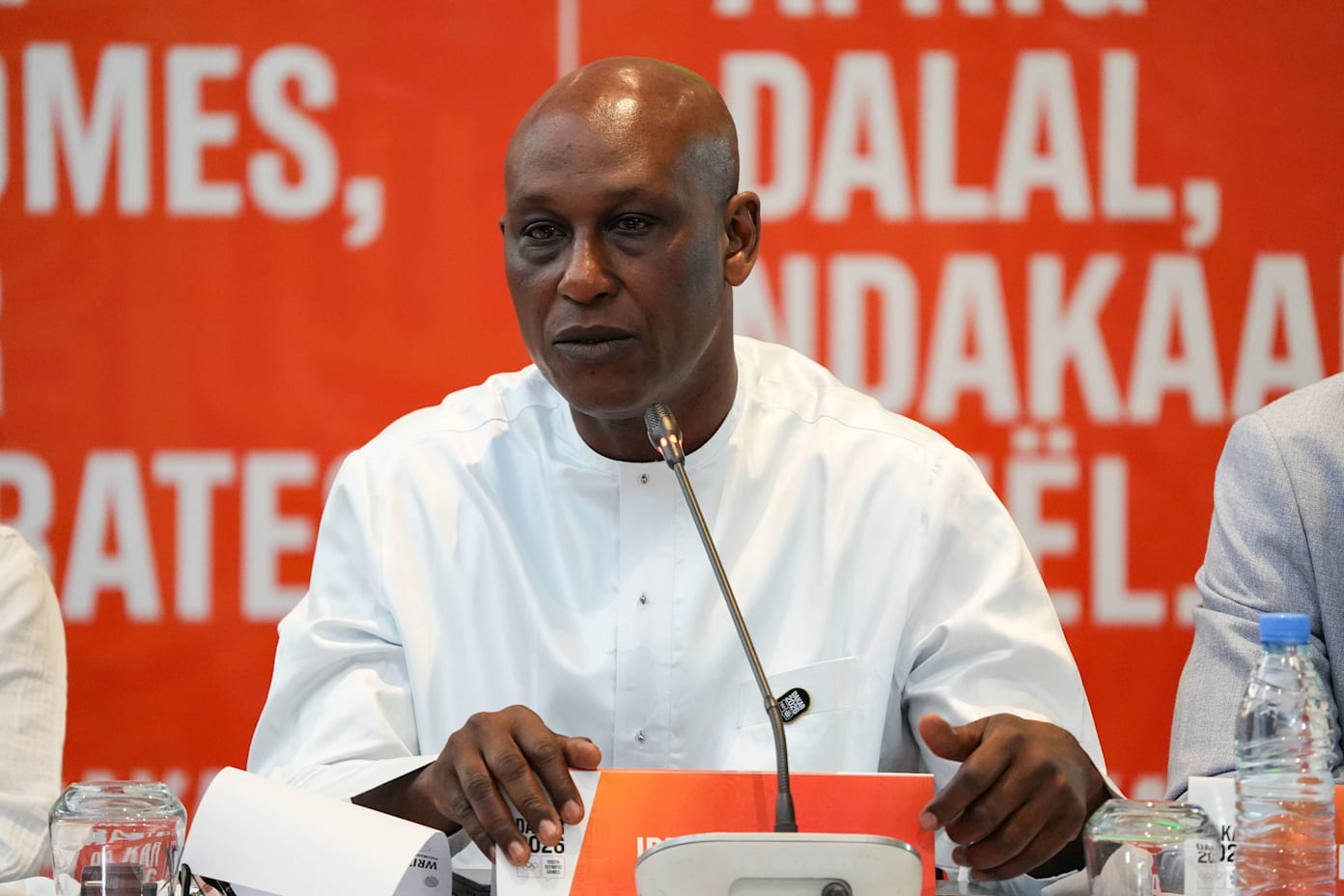
Ibrahima Wade, General Coordinator of the YOGOC, also reflected on the progress made and the strengthened commitment from all stakeholders: “By the end of this 7th meeting, the Coordination Commission, led by its new Chair, Humphrey Kayange, had seen and welcomed the considerable progress made in the various areas related to the YOG Dakar 2026 preparations, and observed that the stage is set for memorable YOG on African soil. It was heartening to hear IOC President-elect Kirsty Coventry’s re-affirmed commitment to supporting our project. This is an additional reason for the OCOG teams and all the national stakeholders to feel motivated and engaged. The spirit of co-creation between the IOC and Dakar 2026 that has been present so far is evident once again.”
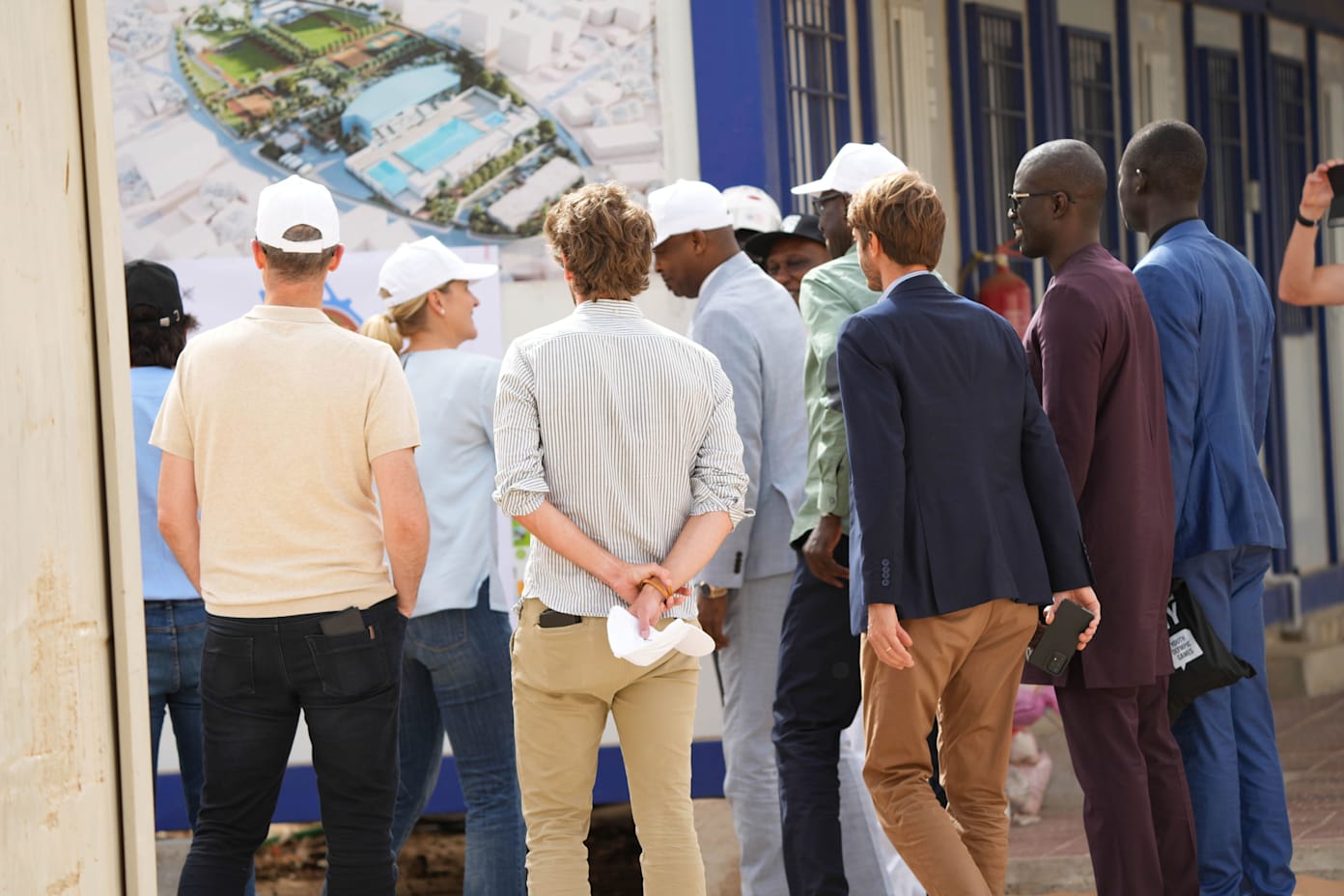
Corniche de Dakar to host Espace Let’s Move
Plans were also shared for the Corniche de Dakar, which will serve as the main hub for celebration and youth engagement during Dakar 2026. This iconic coastal stretch will host Espace Let’s Move, a vibrant zone featuring engagement sports alongside a comprehensive programme of cultural, educational and interactive activities. Organised in partnership with national federations and local stakeholders, the area will offer sports demonstrations, health and nutrition workshops and activations promoting the Olympic values. Live entertainment and local food stalls will help create an inclusive, festival-like atmosphere that welcomes young people and families into the heart of the Games experience.
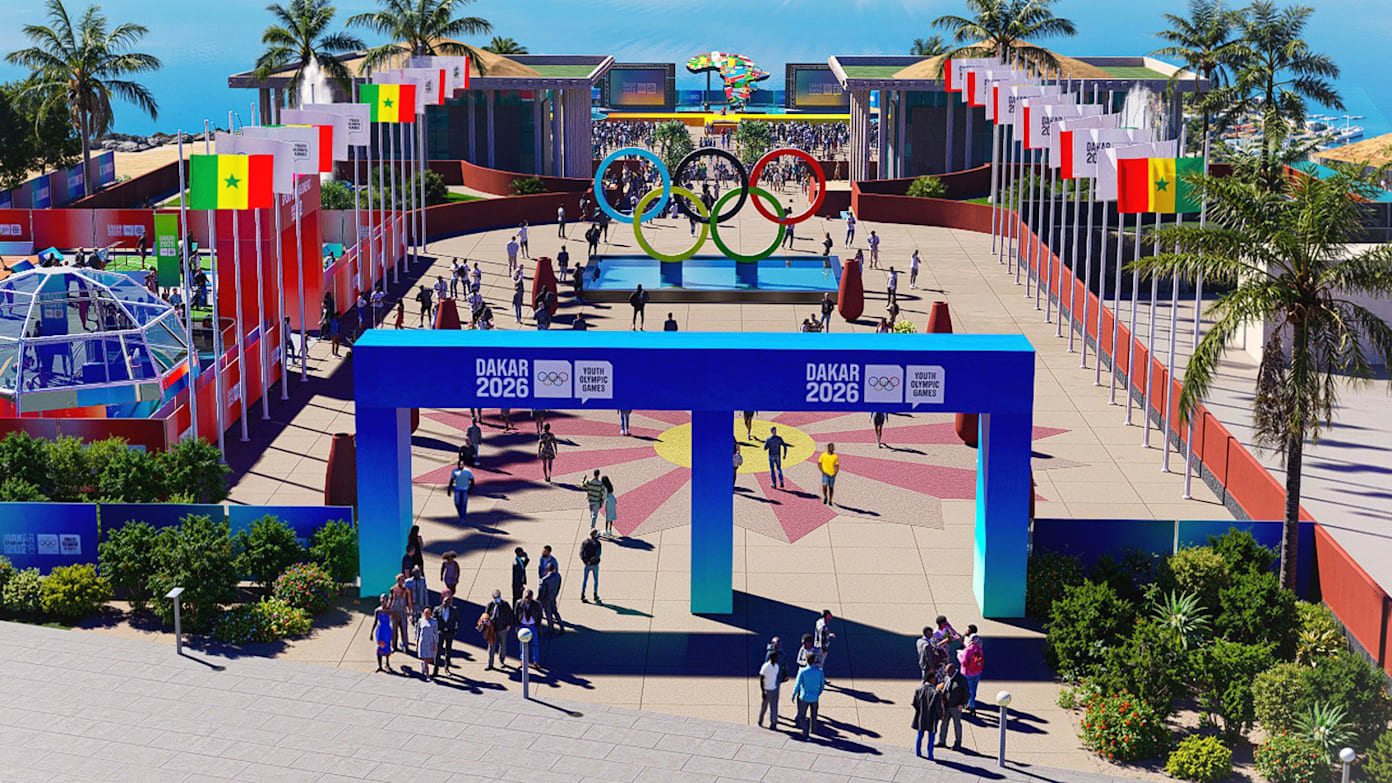
Dakar en Jeux 2025 to celebrate youth, sport and Olympic values
Looking ahead, the Dakar en Jeux Festival will return later this year for its fourth and final edition before the YOG. Taking place from 3 to 9 November 2025, the festival will once again bring together sport, culture, education and health in a dynamic week-long celebration that reflects the spirit and values of the Games.
The YOG Dakar 2026 will take place for two weeks from 31 October, bringing together the world’s best young athletes aged up to 17 years. The Games will be held across three host sites (Dakar, Diamniadio and Saly).
Rec Sports
Why early specialization and adult-sized nets have hurt goalie development
Yesterday we went deep into the weeds on a very specific, nuanced topic. How catching pucks has become a lost art for goaltenders, not just at the NHL level, but how it starts with minor hockey and younger goalies copying their idols and potentially using the wrong equipment. How catching the puck has become a […]
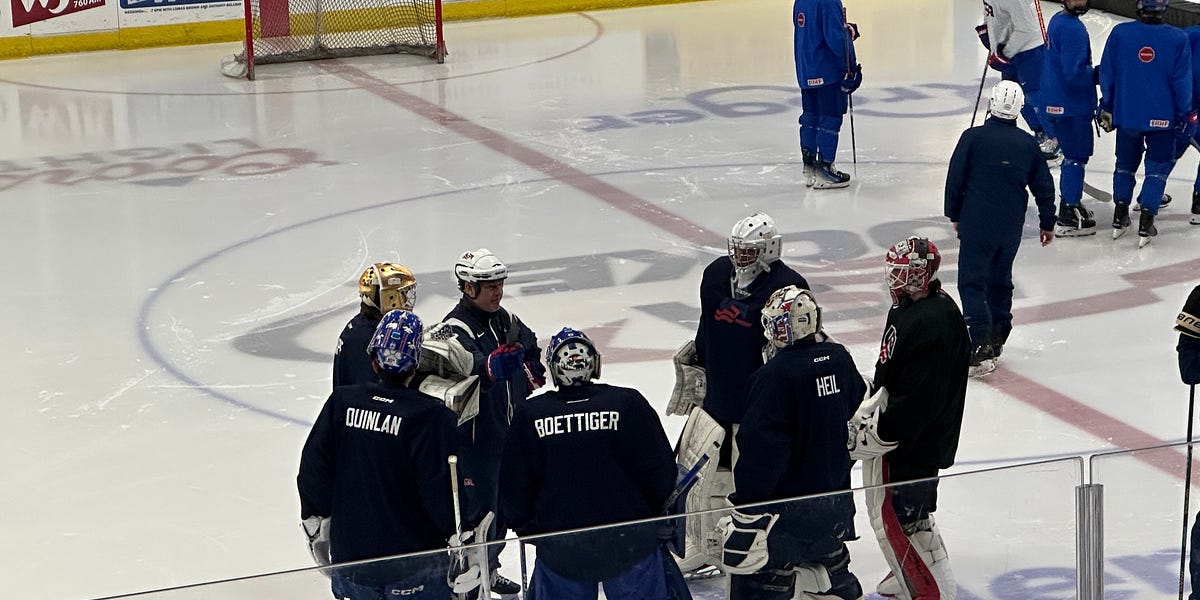
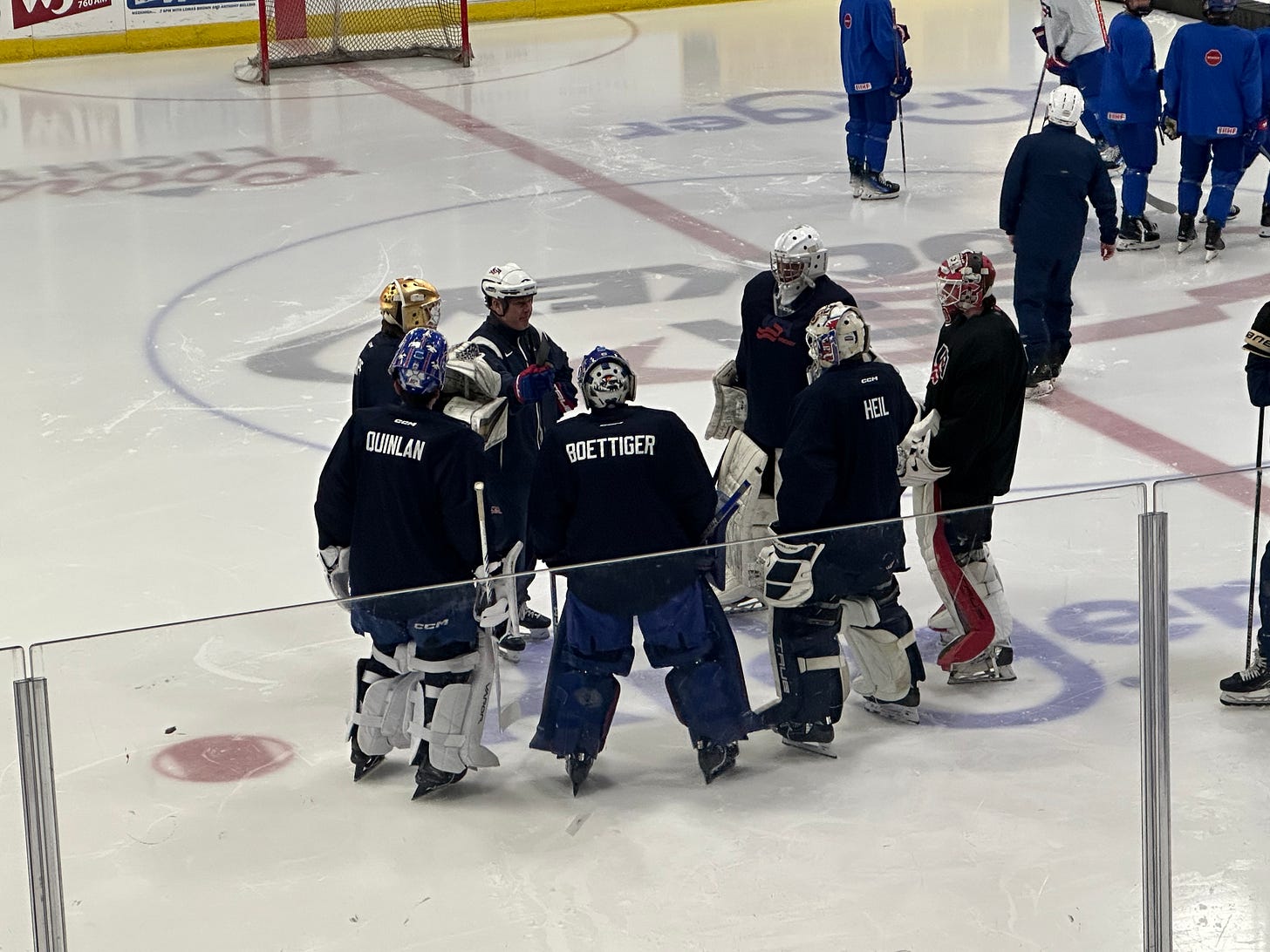
Yesterday we went deep into the weeds on a very specific, nuanced topic.
How catching pucks has become a lost art for goaltenders, not just at the NHL level, but how it starts with minor hockey and younger goalies copying their idols and potentially using the wrong equipment.
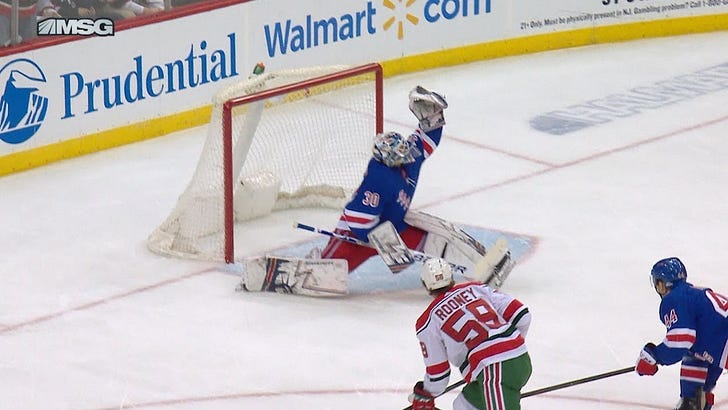
How catching the puck has become a lost art for goaltenders
When working on that piece, I initially thought I would dive deeper into the notes about single-sport specialization, which Bill Ranford opined about in his podcast appearance.
And while single-sport specialization might be hurting goalies ability to catch pucks, I’m sure playing baseball would help that eye-hand coordination and watching the puck into the glove, it seemed a bit more anecdotal and less fact-based than the equipment discussion we ultimately had with USA Hockey’s Manager of Goaltending Steve Thompson and Dallas Stars goalie Jake Oettinger.
Single-sport specialization is also more of a universal problem than a goaltending one. With the monetization and business-driven nature of youth sports now, families and kids are forced to pick one sport earlier and earlier.
When it comes to hockey, I always think about what former Dallas Stars forward, and current Chicago Blackhawks forward, Jason Dickinson told me when he had to have hip surgery. He believed that his hips had worn down as quickly as they did, in his early 20s, because he never stopped skating as a kid, never took time off from hockey. He said it helped him reach the NHL, but overuse led to surgery that should be now normal for 20-something athletes.
It’s the same case in baseball with pitchers, in fact one of my favorite books on the subject is The Arm by Jeff Passan, how overuse and specialization have led to common injuries that shouldn’t be this common.
Anyways, to get us back to goaltenders and goalie development, one of the things that Thompson spoke about was how goalie specialization within hockey is hurting the sport.
According to Thompson, and USA Hockey is hoping this becomes the norm, youth teams should do their best to carry multiple kids that play goalie and skate out, frequently changing them in game, between periods, so multiple athletes get a chance to learn the position.
“You should slowly increase the time for those goalies as they get older, but you shouldn’t be cutting kids or ever shoving them away from the position. We have that a lot where communities with teams and there’s five kids at tryouts for 8U or 10U and they only choose one goalie, and then maybe those other four stop playing,” Thompson said. “Then three years later that one kid that everybody’s been investing in, because they are so adamant they have to win 10U tournaments, maybe moves because the parents got a new job or they go to another team. Or that goalie likes soccer more and quits hockey, and now the community has its arms up in the air because they don’t have any goalies left. Well of course you don’t have any goalies left, you cut every kid you thought wasn’t good enough to win the 10U championship.”
Thompson pointed to Anders Miller as an example of how this can work positively.
Miller grew up playing both goalie and skater in Alaska, he didn’t become a full-time goalie until he was 12-years-old, and now as an 18-year-old started in the WHL playoffs for the Calgary Hitmen.
Miller wasn’t the best goalie growing up, he could have been pushed away from the position and told to skate out. Instead he was able to play both, became a better skater and athlete. Miller also said part of his play reading and success now is a byproduct of him understanding the game as a skater, too.
“There’s lots of ways that these late-blooming kids, especially goalies, need to be Abel to come into their own at 15, 16, 17-years-old, but it only happens if we continue to provide resources and keep your goalie pool up,” Thompson said. “It’s why at any age, you really have to discourage any team from having one goalie — and many youth teams do — it’s not good for them, it’s not good for you as a coach. Your practice design is terrible with one goalie, the work ethic and practice is going to be diminished and the goalie ends up just surviving the season instead of growing and reflecting or executing their game.”
Thompson said ideally more teams at that teenage level, once goalie specialization has happened, would carry three goalies and ideally the coaches would look at that as a strength, a chance to play all three and grow three athletes, as opposed to a turning one only into a practice goalie.
The other thing about goalie development, which I wanted to ask Thompson about was net size and skater skill. How with the popularization of individual skills training for skaters has made lacrosse-style moves — I call it the Legger, by the way — more common at youth games.
It’s pretty common now for some 10-year-olds to pick up the puck lacrosse style, which is fancy and all, but when they’re putting the puck into the upper corner of a net against a 10-year-old goalie who can’t reach the crossbar, it’s not really a hockey play, is it?
“That’s one of the reasons we really shouldn’t be using an adult net until 12 or 14 at the earliest,” Thompson said. “From a player development standpoint it’s teaching goalies some selections that are not necessarily representative of the save selections we want to see them making when they get older. So you shrink the net down and it forces players to work on more skill, to find the areas of the net and actually aim instead of just throwing it high because youth goalies can’t cover the top of a big net.”
Right now USA Hockey recommends a 48-inch net at 8U and a 52-inch net at 10U.
“Also from a goalie perspective, it’s going to allow the goalies to have some more success, which is really helpful for kids still wanting to try the potion when we have large attrition rates,” Thompson added. “It’s not supposed to be kids in goalie pads trying to make soccer saves, and hopefully as we work on things with USA Hockey that becomes more and more of the norm with the right size nets at rinks across the country.”
Rec Sports
Generational transitions require evolving roles
This past weekend, I had the opportunity to listen to some members of our emerging generation share their views on challenges facing the Armenian community. We are fortunate that our children have many Armenian friends from their time in youth organizations, church and camps. It is an unexpected benefit for us as parents to stay […]
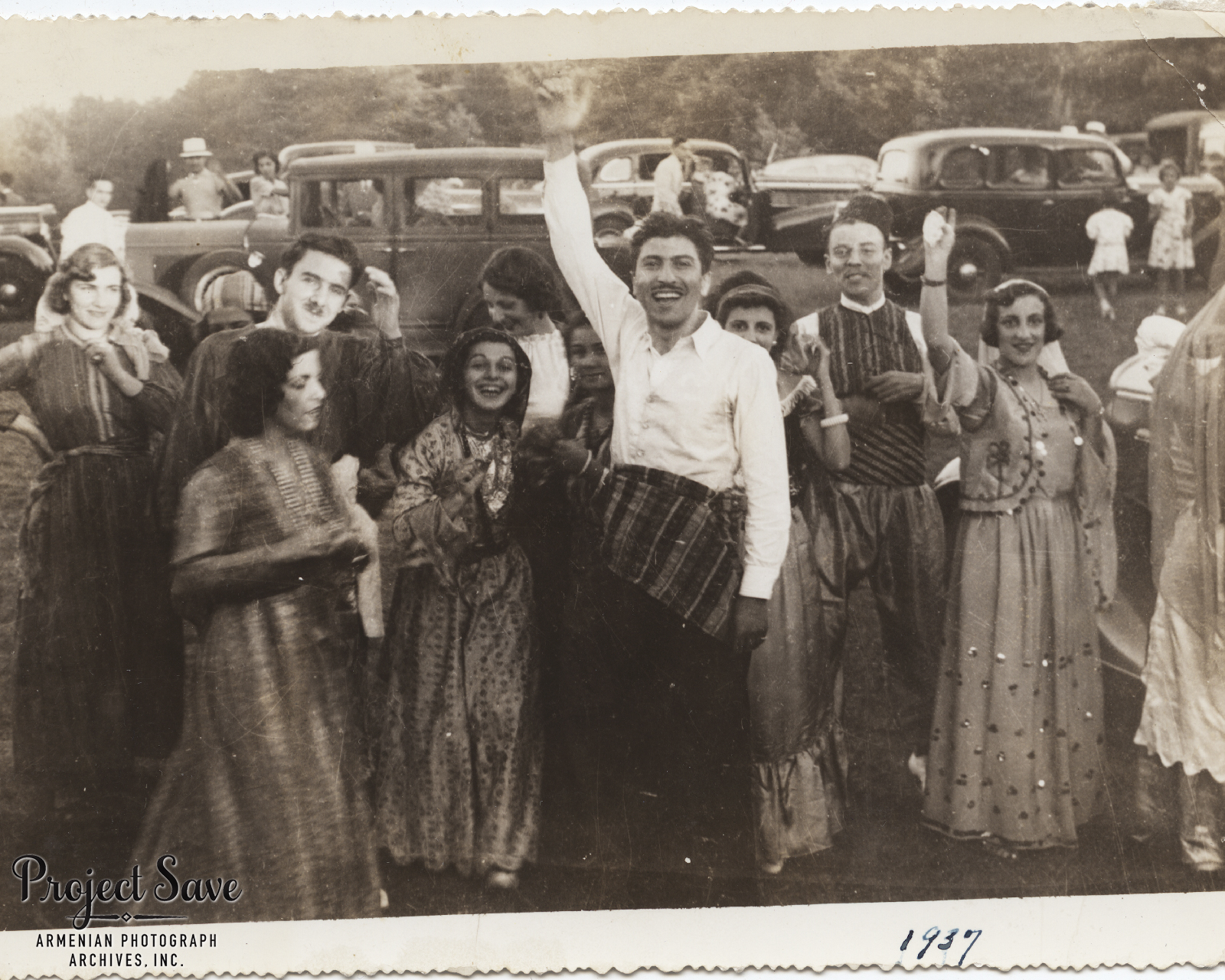
This past weekend, I had the opportunity to listen to some members of our emerging generation share their views on challenges facing the Armenian community. We are fortunate that our children have many Armenian friends from their time in youth organizations, church and camps. It is an unexpected benefit for us as parents to stay current with the thinking of our youth and their expectations. It is also a blessing to mentor and support these young adults. Each of us can certainly recall those teachers, priests, community leaders or relatives who took the time to advise us at critical junctures in our lives.
The Armenian diaspora functions on two critical dependencies: sustaining a connection to our heritage among each generation and fostering a commitment to participate. The former depends on creating an emotional connection between our inherent interests and our Armenian experiences.
It is one of the reasons why we have such diverse skills in our communities—including teachers, musicians, visual artists, managers and financial experts. In essence, our communities operate as sustainable villages, able to meet many of the emotional, social and cultural needs of their members. When I was 13, I joined the AYF because I loved to play basketball, and I was able to play in different communities in New England.
Long before the proliferation of the travel leagues that dominate youth sports culture today, we would hop in a car on Sunday afternoon and head to Boston, Providence, Lowell or Worcester. As long as one teammate had a car, we were on our way. I loved basketball and played constantly in my neighborhood. Through AYF, I was able to extend that passion to play with other Armenians. Basketball led to friendships, and those friendships were nurtured at post-game socials held at local churches. The basketball league opened many new doors, exposing me to other communities and more serious issues in our diaspora.
It is a simple example that has been repeated thousands of times. These experiences help complete the identity factor essential to our communities. The other aspect of our diaspora dependency—commitment—is a reflection of our values. Many active members and leaders in our community have role models who inspired them. It is not a coincidence that, for many, their parents played a central role. Repetitive participation is an important element, and it is typically parents (or in some cases, grandparents) who foster that engagement.
It is difficult to build a value of commitment if you attended church only two or three times a year in your youth. It is the regular rhythm of church, youth groups and community activities blending into your personal fabric that sustains long-term commitment. Many of us were fortunate to grow up in households where humility and service to others were prominent values. These are learned behaviors, illustrating the critical dependency of parenting in the diaspora.
During my conversation with some of our youth adults, I was eager to hear about their “integration” into the community. This is particularly important for our thirty-somethings as they transition out of structured youth programs and find their paths as adults in the Armenian community. Each generation has its own challenges. I recall my parents talking about the transitions from the survivor generation. Despite their enormous respect for the previous generation, there were major issues around authority transitions and general acceptance. For my generation, the distractions of a comfortable lifestyle could lead to drifting away from the community.
For the current young adult generation, much has comparatively changed.
Generally speaking, young people are getting married later and starting families well into their thirties or beyond. This reflects educational and career advancements that often postpone social milestones achieved earlier by previous generations. From a community perspective, this delays the integration of many of our youth into community life. I often compare the late twenties and early thirties in our communities to the moment astronauts lose radio contact while circling the moon. There’s a temporary void at times.
We have superb infrastructure to support young people into their post-college years—Sunday Schools, language schools, youth organizations and young adult groups. But identity has been more challenging for that young professional age group in their late twenties. For those who choose marriage and raising a family, the “radio loss” subsides as they find their way through their children. It is somewhat analogous to young couples moving to a community and developing social networks through their children in the school system and sports.
That is one of the main reasons why young professional groups such as the AGBU Young Professionals and the Armenian Network have gained traction—they focus on identity, social activities and connections for mostly single professionals. Many in this demographic are not traditional “joiners” when compared to their parents’ generation. They emerge later into community life and, in some cases, may feel reluctant to join the traditional organizations.
Each generation has a right and a responsibility to set its own path within the community it inherits. The survivor generation invested in “compatriotic unions” that reflected places of birth. The next generation introduced “Men’s Clubs” or “Mr. And Mrs. Clubs” as a reflection of the diaspora’s evolution. Networking and social mixers for young professionals has emerged for this generation.
With each new introduction, there also remains a core of traditional infrastructure—organizations like the Knights of Vartan, AGBU, ARS, Hamazkayin and NAASR. Of course, the church remains the most significant institution that is either the beneficiary of this influx or reflects our challenges. How we manage the inevitable transitions is critical. Many young people have made the commitment to participate but feel that there is a major difference between participating and influencing. This is a challenge for each generation, but the stakes grow higher with each successive one.
Generational transition is not an event or milestone. It is a continuous process that slowly impacts everyone and every organization. In the corporate world, there is a process called “succession planning”—ensuring sustainability by preparing future leaders. From my recent dialogue—and many others like it—I have come away with two main takeaways: First, we are struggling as a community to engage the next generation. There are exceptions, of course, but we would be wise to not rationalize the failures. Second, many in this emerging generation do not feel taken seriously when it comes to sharing authority and decision making.
I applaud communities that make a conscious effort to include a mix of all ages on their councils and boards. This blending not only ensures sound decisions for the community, but models what generational transition should look like. In its most effective state, it is silent, uneventful and harmonious.
Leadership matters. Are we encouraging young adults to join but not trusting them with real authority? If we embraced succession planning seriously, we would understand that wise leadership would sometimes step aside to create opportunities for others. If we advocate for certain individuals in elections, why wouldn’t we also advocate for individuals who will help ensure continuity?
I can think of nothing more sad than an organization whose leadership has been superbly committed but has aged without a replenishment strategy. This is not something one leaves to chance. Our future must be more methodical than simply hoping younger people will wait around until the senior generation has had enough.
Wise organizations make their most profound moves when they are publicly successful rather than waiting to experience decline. Reacting only when the problem is visible to all reflects a lack of leadership. Some community segments understand this and are addressing it. Perhaps when we sponsor national assemblies or organizational round tables, successes can be shared with those who are struggling. There is no shame in our current status. The only shame is in denying the need for continuity.
If term limits are what it takes to force opportunity, then so be it—certain groups have recently added those provisions to their bylaws. We must mentor and nourish our youth so they build an identity during their formative years. We must continue to emphasize the importance of service in our core values. Finally, once we have successfully cultivated identity and service, we must be prepared to open the doors to participation, leadership and real decision making.
All communities, including the Armenian diaspora, must take good risks in order to survive in our ever-changing environment. We usually speak about risk in financial terms. Fortunately, we have substantial resources in this domain to ensure our assets are protected. But I can’t think of a better risk than entrusting our direction to this generation. They are ready. The previous generations did a superb job in developing and encouraging them.
It is not a singular event. The opportunities are available every day, in all geographies and institutions. There is no greater joy than seeing the work continue.
Be part of the solution.
Rec Sports
Youth sports: Willmar Velocity come home with a 3rd-place trophy – West Central Tribune
RAMSEY — The Willmar Velocity 10-and-under fast-pitch softball team got its season off to a good start over the weekend. The Velocity wound up third Sunday in the Anoka-Ramsey Dirt Devil Tournament at Central Park, posting a 4-1 record. The Willmar squad won two pool play games, then went 2-1 in the championship bracket. In […]
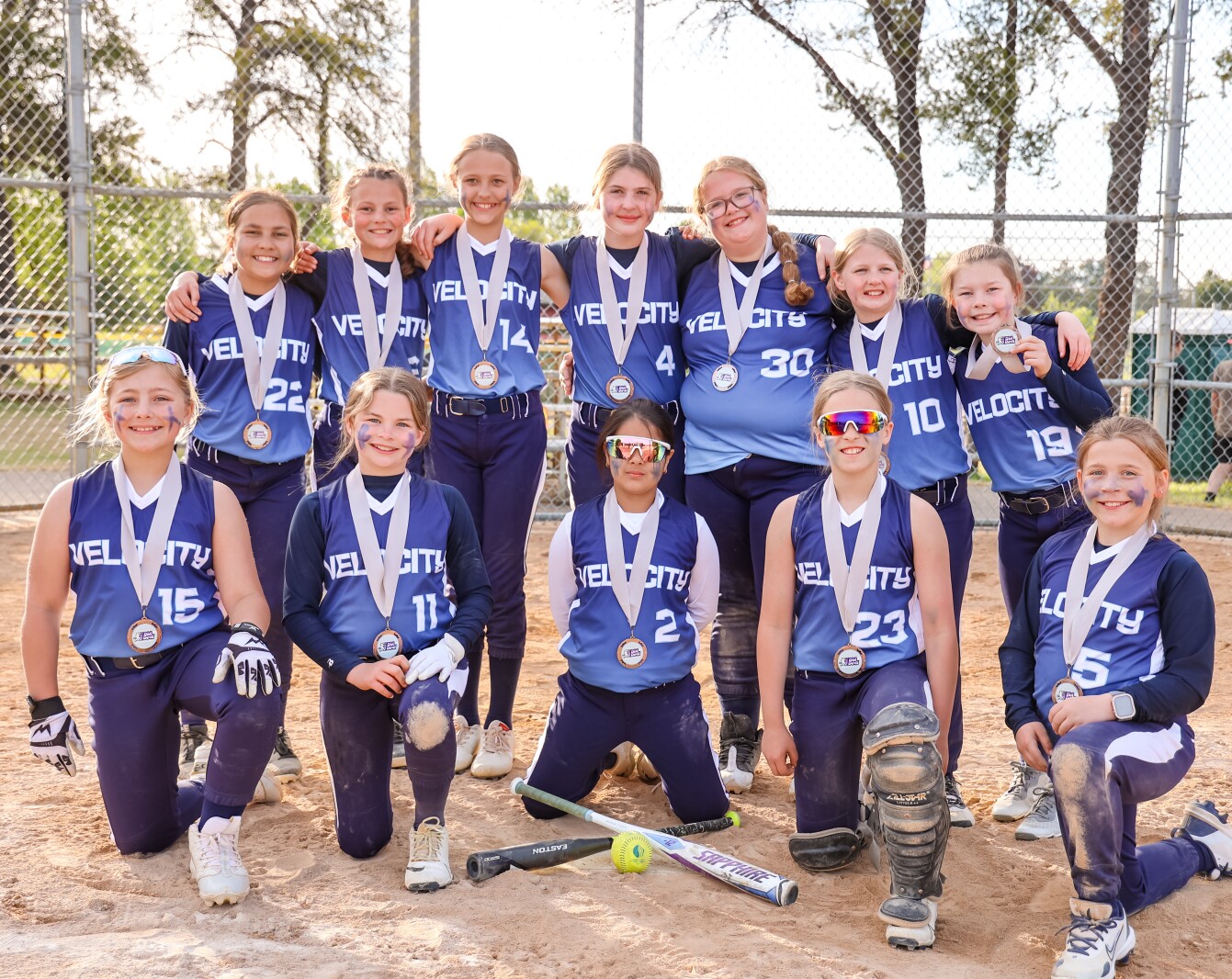
RAMSEY — The Willmar Velocity 10-and-under fast-pitch softball team got its season off to a good start over the weekend.
The Velocity wound up third Sunday in the Anoka-Ramsey Dirt Devil Tournament at Central Park, posting a 4-1 record.
The Willmar squad won two pool play games, then went 2-1 in the championship bracket.
In pool play, Willmar beat the Aitkin Flying Gobblers 11-4, then knocked off the Osseo-Maple Grove Athletic Association Storm 14-0 to advance to the championship bracket.
In the quarterfinals, the Velocity beat the Andover Sutherland team 4-2. Then Willmar fell 7-2 to the Mahtomedi Blue in the semifinals.
The Velocity rebounded with a victory over the Elk River Scarlet 7-5 in the third-place game of the Class B gold bracket. With the victory comes an invitation to the Northern North American Fastpitch Association Nationals on July 24-27 in Olathe, Kansas.
Team members are: Lila Arcilla, Emma Ewert, Everly Guennigsmann, Ara Hjelden, Alaina Kveene, Emersyn Lee, Claire Puchalski, Leah Kafati Torres, Teagan Streff, Kolbie Stern, Lexi Uecker and Bria Wadsworth.
“thanks to their determination and strong performances, Velocity secured a third-place finish in the competitive gold bracket …” said Andrew Kveene, Willmar Softball Director. “Throughout the tournament, the team showed exceptional resilience, competing fiercely against strong B teams and finishing with four wins out of five games.”

Rec Sports
Little League® Video Storytelling Efforts Earn 2025 Gold and Silver Telly Awards
At the 46th annual Telly Awards, Little League® International’s video storytelling efforts earned a pair of awards – a Silver Telly for its storying showcasing the special meaning behind the retired jersey number 11 and a Gold Telly for its feature on the full-circle moments experienced by a pair of volunteer coaches at the 2024 […]

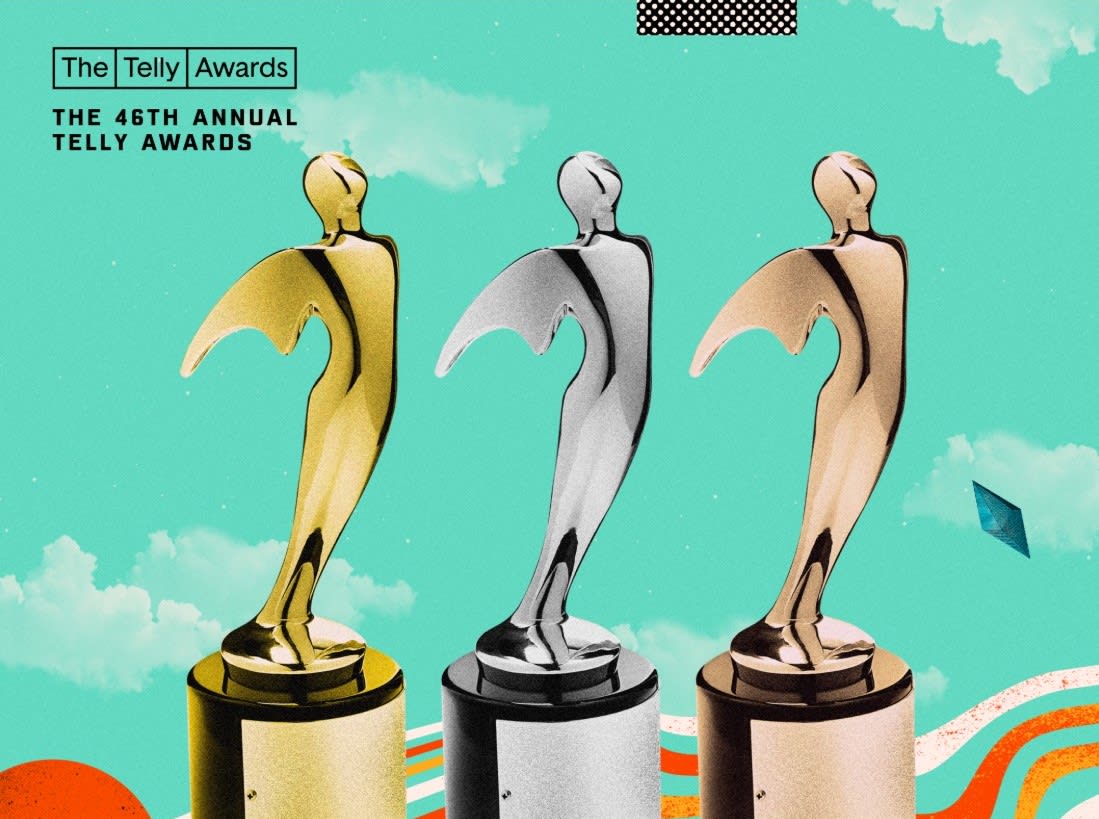
At the 46th annual Telly Awards, Little League® International’s video storytelling efforts earned a pair of awards – a Silver Telly for its storying showcasing the special meaning behind the retired jersey number 11 and a Gold Telly for its feature on the full-circle moments experienced by a pair of volunteer coaches at the 2024 Little League Softball® World Series (LLSWS), Presented by DICK’s Sporting Goods.
Established in 1979, the Telly Awards honor excellence in video and television across all screens and are voted on by the Telly Awards Judging Council each year. Below are the two videos that earned recognition for the 2025 Telly Awards:
Full-Circle Moments at the 2024 LLSWS
Gold Telly – General: Sports
Playing on the biggest stage in youth sports as a kid is a once-in-a-lifetime experience, but getting to coach your child to the same level is a full-circle moment. This video highlights two volunteer coaches who both competed in a Little League World Series tournament – Tina Madison (Mid-Atlantic Region), who played in the 1995 LLSWS, and Craig Stinson (New England Region), who played in the 1996 Little League Baseball World Series – as they reflect on their memories from their own playing days and express what it means to coach their daughters in the 2024 LLSWS.
Why #11 Holds a Special Meaning to All Little Leaguers®
Silver Telly – General: Sports
On September 11, 2011, at just 22 years old, Michael Cammarata ran into the World Trade Center as a sworn-in New York firefighter, saving countless lives before he was reported missing. A decade before the date of the attack, Cammarata wore No. 11 while playing right field in the 1991 Little League Baseball® World Series as a South Shore (N.Y.) Little Leaguer, coincidentally listing his name as “Cammarata 9/11” in the scorebook for his position and number (currently on display in the Sixth Inning of the World of Little League® Museum). With No. 11 now the only number retired at the LLBWS, as well as the East Region, this video shares the story of why the number means so much to Little Leaguers® across the world, including 2024 LLBWS Mid-Atlantic Region participant, Tyler Neeld, his father, and great-grandfather.
Many of the features that have received Telly Awards were produced in coordination with the Philadelphia-based video production company, 20/20 Visual Media.
Little League International has received nine other Telly Awards for its storytelling efforts since 2018, including its first gold award in 2023:
2018 – Silver: Non-Broadcast/General-Documentary: Individual (Omar Romero, La Bujia)
- NOTE: This video also received a Bronze People’s Telly, an award voted on by the fans.
2020 – Silver: Non-Broadcast/Non-Profit Category (Parkland Community Continues to Heal)
2020 – Silver: Social Video Series/Sports and Leisure (Girls with Game Social Video Campaign)
2020 – Bronze: Non-Broadcast/Sports (How Baseball Bonds and Inspires the Louque Brothers)
2023 – Gold: Series: Sports and Leisure (Girls with Game Initiative)
2023 – Silver: General: Motivational (Story of Josiah Porter)
2023 – Silver: Series: Non-Scripted (World Series Expansion)
2024 – Silver: General: Live Events and Experiences (Experience the Little League Baseball World Series)
2024 – Bronze: General: Sports (Cuba’s First Time at the LLBWS)
To learn more about the video storytelling efforts of Little League Baseball and Softball, and to check out all the great features that have been put together over the years, visit LittleLeague.org/Videos.
Rec Sports
Youth sports: Willmar Velocity come home with a 3rd-place trophy
May 20—RAMSEY — The Willmar Velocity 10-and-under fast-pitch softball team got its season off to a good start over the weekend. The Velocity wound up third Sunday in the Anoka-Ramsey Dirt Devil Tournament at Central Park, posting a 4-1 record. Advertisement The Willmar squad won two pool play games, then went 2-1 in the championship […]

May 20—RAMSEY — The Willmar Velocity 10-and-under fast-pitch softball team got its season off to a good start over the weekend.
The Velocity wound up third Sunday in the Anoka-Ramsey Dirt Devil Tournament at Central Park, posting a 4-1 record.
Advertisement
The Willmar squad won two pool play games, then went 2-1 in the championship bracket.
In pool play, Willmar beat the Aitkin Flying Gobblers 11-4, then knocked off the Osseo-Maple Grove Athletic Association Storm 14-0 to advance to the championship bracket.
In the quarterfinals, the Velocity beat the Andover Sutherland team 4-2. Then Willmar fell 7-2 to the Mahtomedi Blue in the semifinals.
The Velocity rebounded with a victory over the Elk River Scarlet 7-5 in the third-place game of the Class B gold bracket. With the victory comes an invitation to the Northern North American Fastpitch Association Nationals on July 24-27 in Olathe, Kansas.
Advertisement
Team members are: Lila Arcilla, Emma Ewert, Everly Guennigsmann, Ara Hjelden, Alaina Kveene, Emersyn Lee, Claire Puchalski, Leah Kafati Torres, Teagan Streff, Kolbie Stern, Lexi Uecker and Bria Wadsworth.
“thanks to their determination and strong performances, Velocity secured a third-place finish in the competitive gold bracket …” said Andrew Kveene, Willmar Softball Director. “Throughout the tournament, the team showed exceptional resilience, competing fiercely against strong B teams and finishing with four wins out of five games.”
Rec Sports
Royal Oak Beer, Wine and Cocktail Festival: Your New Favorite Summer Tradition
If you require any more information or have any questions about our privacy policy, please feel free to contact us by email at Send us your privacy questions. At the Northwoods League we consider the privacy of our visitors to be extremely important. This privacy policy document describes in detail the types of personal information is […]
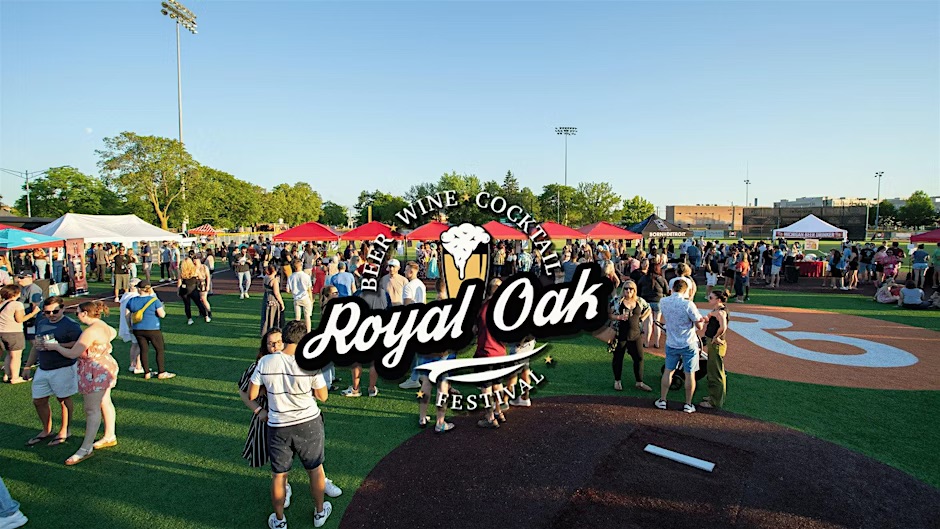
If you require any more information or have any questions about our privacy policy, please feel free to contact us by email at Send us your privacy questions.
At the Northwoods League we consider the privacy of our visitors to be extremely important. This privacy policy document describes in detail the types of personal information is collected and recorded by northwoodsleague.com, northwoodsleague.net, & the NWL Mobile App and how we use it.
Log Files
Like many other Web sites and mobile apps, northwoodsleague.com, northwoodsleague.net, & the NWL Mobile App make use of log files. These files merely logs visitors to the site – usually a standard procedure for hosting companies and a part of hosting services’s analytics. The information inside the log files includes internet protocol (IP) addresses, browser type, Internet Service Provider (ISP), date/time stamp, referring/exit pages, and possibly the number of clicks. This information is used to analyze trends, administer the site, track user’s movement around the site, and gather demographic information. IP addresses, and other such information are not linked to any information that is personally identifiable.
Cookies and Web Beacons
northwoodsleague.com, northwoodsleague.net, & the NWL Mobile App use cookies to store information about visitors’ preferences, to record user-specific information on which pages the site visitor accesses or visits, for analytics and marketing, and to personalize or customize our web page content based upon visitors’ browser type or other information that the visitor sends via their browser. We use cookies from third-party partners such as Google for marketing purposes. Google offers an Opt-Out Browser Add-On to provide website visitors the ability to prevent their data from being used by Google Analytics.
DoubleClick DART Cookie
→ Google, as a third party vendor, uses cookies to serve ads on northwoodsleague.com, northwoodsleague.net, & the NWL Mobile App.
→ Google’s use of the DART cookie enables it to serve ads to our site’s visitors based upon their visit to northwoodsleague.com, northwoodsleague.net, & the NWL Mobile App and other sites on the Internet.
→ Users may opt out of the use of the DART cookie by visiting the Google ad and content network privacy policy at the following URL – http://www.google.com/privacy_ads.html
Our Advertising Partners
Some of our advertising partners may use cookies and web beacons on our site. Our advertising partners include …….
- Google Ads
- AdMob (including use of the Android advertising identifier and Apple advertising identifier)
While each of these advertising partners has their own Privacy Policy for their site, an updated and hyperlinked resource is maintained here: Privacy Policies.
You may consult this listing to find the privacy policy for each of the advertising partners of northwoodsleague.com, northwoodsleague.net, & the NWL Mobile App.
These third-party ad servers or ad networks use technology in their respective advertisements and links that appear on northwoodsleague.com, northwoodsleague.net, & the NWL Mobile App and which are sent directly to your browser. They automatically receive your IP address when this occurs. Other technologies (such as cookies, JavaScript, or Web Beacons) may also be used by our site’s third-party ad networks to measure the effectiveness of their advertising campaigns and/or to personalize the advertising content that you see on the site.
northwoodsleague.com, northwoodsleague.net, & the NWL Mobile App has no access to or control over these cookies that are used by third-party advertisers.
Third Party Privacy Policies
You should consult the respective privacy policies of these third-party ad servers for more detailed information on their practices as well as for instructions about how to opt-out of certain practices. northwoodsleague.com, northwoodsleague.net, & the NWL Mobile App privacy policy does not apply to, and we cannot control the activities of, such other advertisers or web sites. You may find a comprehensive listing of these privacy policies and their links here: Privacy Policy Links.
If you wish to disable cookies, you may do so through your individual browser options. More detailed information about cookie management with specific web browsers can be found at the browsers’ respective websites. What Are Cookies?
Children’s Information
We believe it is important to provide added protection for children online. We encourage parents and guardians to spend time online with their children to observe, participate in and/or monitor and guide their online activity.
northwoodsleague.com, northwoodsleague.net, & the NWL Mobile App do not knowingly collect any personally identifiable information from children under the age of 13. If a parent or guardian believes that northwoodsleague.com, northwoodsleague.net, & the NWL Mobile App has in its database the personally-identifiable information of a child under the age of 13, please contact us immediately (using the contact in the first paragraph) and we will use our best efforts to promptly remove such information from our records.
Online Privacy Policy Only
This privacy policy applies only to our online activities and is valid for visitors to our website and regarding information shared and/or collected there.
This policy does not apply to any information collected offline or via channels other than this website.
Consent
By using our website, you hereby consent to our privacy policy and agree to its terms.
Personal Information We Collect
You may access many elements of northwoodsleague.com, northwoodsleague.net, & the NWL Mobile App without disclosing any personal information about yourself. However, should you choose to engage with certain advanced features (e.g. submit a form, make a purchase, take a survey) available on the northwoodsleague.com, northwoodsleague.net, & the NWL Mobile App, you may be asked to share certain personal information so those elements function properly. The personal information we collect may include, but is not limited to:
- Full name
- Email address
- Password
- Street address
- Telephone number(s)
- Payment card information
If we collect your information, in most instances, the applicable page(s) within the northwoodsleague.com, northwoodsleague.net, & the NWL Mobile App will include statements regarding what information is required and functionality for you to submit the required or requested information.
Update
This Privacy Policy was last updated on: Friday, December 7, 2018.
Should we update, amend or make any changes to our privacy policy, those changes will be posted here.
-

 Fashion3 weeks ago
Fashion3 weeks agoHow to watch Avalanche vs. Stars Game 7 FREE stream today
-

 High School Sports2 weeks ago
High School Sports2 weeks agoWeb exclusive
-

 Sports2 weeks ago
Sports2 weeks agoPrinceton University
-

 Sports2 weeks ago
Sports2 weeks ago2025 NCAA softball bracket: Women’s College World Series scores, schedule
-

 Motorsports2 weeks ago
Motorsports2 weeks agoBowman Gray is the site of NASCAR’S “Advance Auto Parts Night at the Races” this Saturday
-

 NIL2 weeks ago
NIL2 weeks ago2025 Big Ten Softball Tournament Bracket: Updated matchups, scores, schedule
-

 NIL2 weeks ago
NIL2 weeks agoPatty Gasso confirms Sophia Bordi will not finish season with Oklahoma softball
-

 Motorsports2 weeks ago
Motorsports2 weeks agoMOTORSPORTS: Three local track set to open this week | Sports
-

 Motorsports2 weeks ago
Motorsports2 weeks ago$1.5 Billion Legal Powerhouse Announces Multi-Year NASCAR Deal With Kyle Busch
-
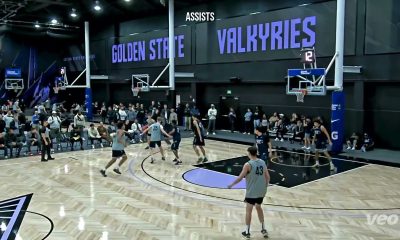
 High School Sports3 weeks ago
High School Sports3 weeks agoMaryland Basketball Recruiting



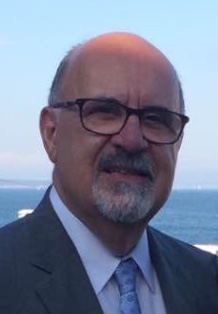













 HART AND-1!
HART AND-1!











